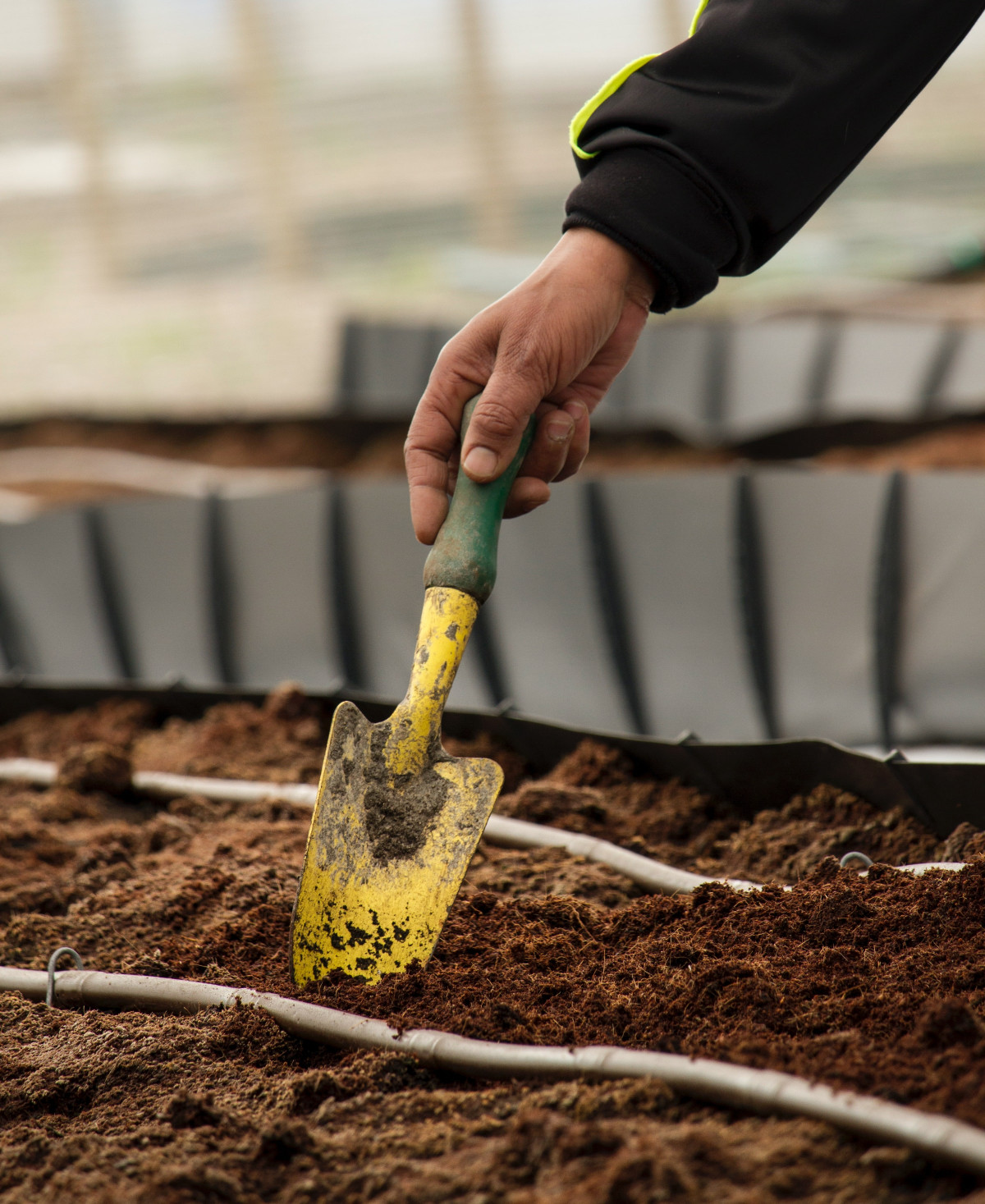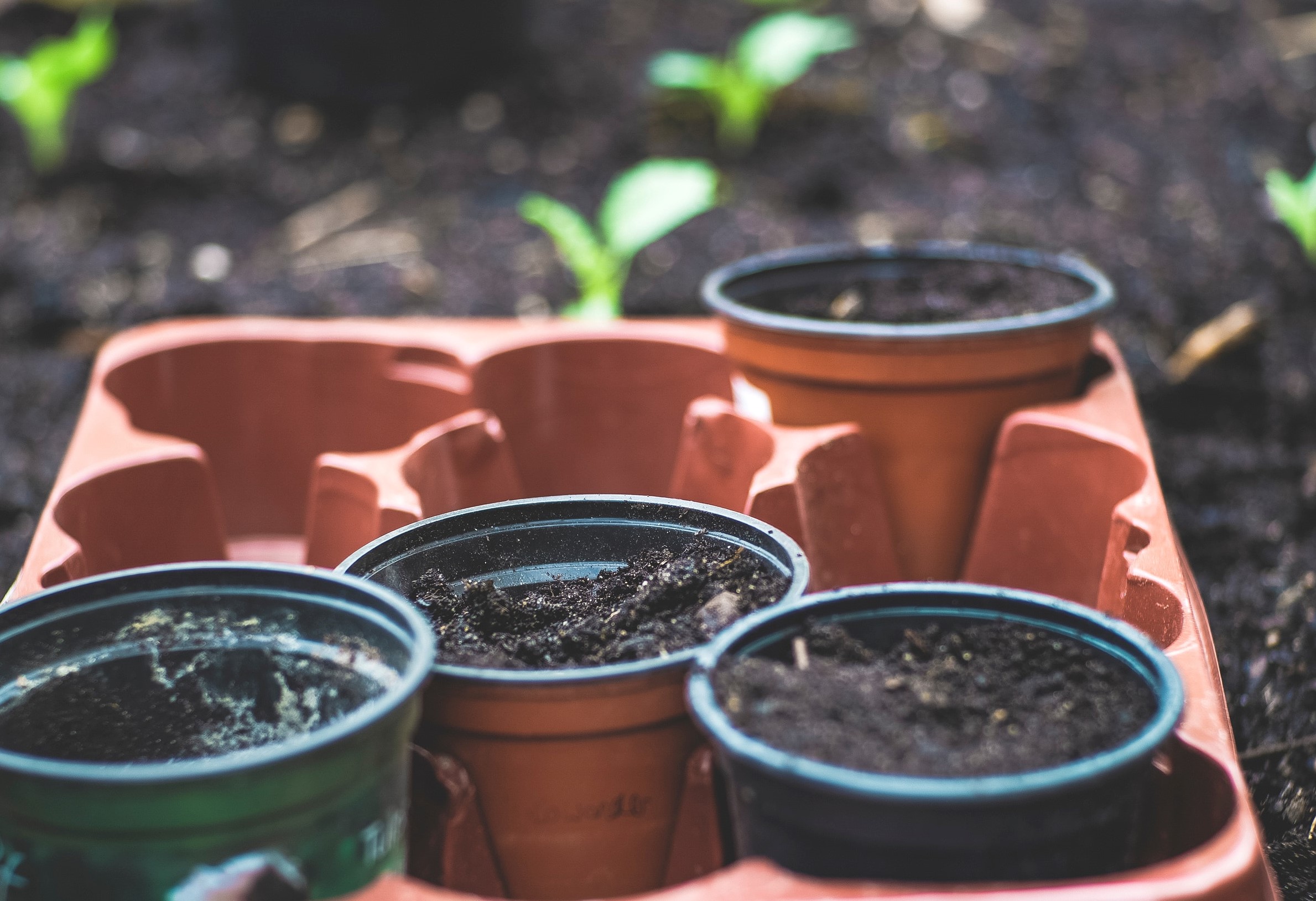How is Compost Made and What’s Inside?

UC Marin Master Gardeners describe composting as the process of converting “kitchen and yard waste and other organic materials into a decomposed soil amendment.”
Through the breakdown of organic waste, you are left with compost that is full of microbes. Microbes are crucial to organic farming and gardening. Organic matter can come from peat moss, manure, crop residues, food scraps, and other crops.
While you can absolutely make small bits of compost at home with your own food waste, you probably won’t be generating enough to add as an amendment to your entire plant or vegetable garden. Check out the compost and amendments section of our website to support local businesses and get a bulk delivery right to your door or jobsite.

Inspiration for DIY compost bins
Want to ramp up your composting at home? There’s a number of ways to build simple but effective compost bins that can be stored easily on a patio or somewhere hidden in your backyard.
First up, the trusty cardboard box. That’s right, you can upcycle a cardboard box and start adding food scraps to it. This might be the most basic composting bin there ever was.
An inexpensive upgrade to the cardboard box is a plastic storage bin with a lid. This is another straightforward method which only involves putting simple holes into a plastic storage bin for aeration and adding a little newspaper and dirt.
We also love this worm composting bin tutorial from Worm-Composting-Help.com (what a website!). Worms are another rockstar addition to nutrient-rich soil, so don’t forget about these little guys.
All you need to execute this is three stackable plastic containers, a tap or cork, and a plastic lid. You will need to make a few holes and cut through some of the material so having a drill and scissors on hand help will help you out too.
 The Remarkable Benefits of Compost and Amendments
The Remarkable Benefits of Compost and Amendments
 Funky and Odd Items You Can Compost
Funky and Odd Items You Can Compost